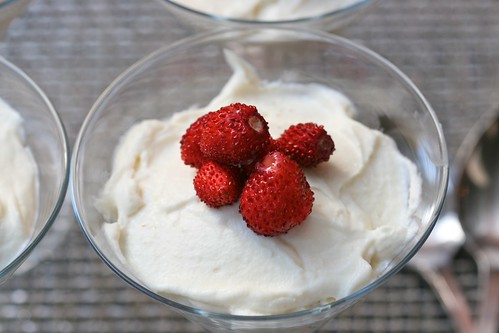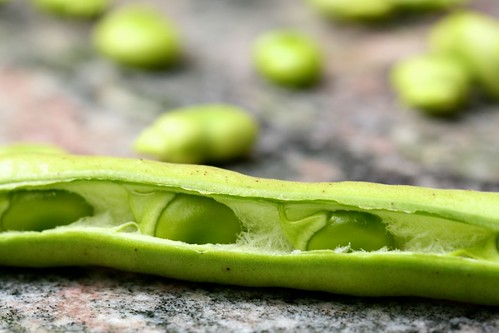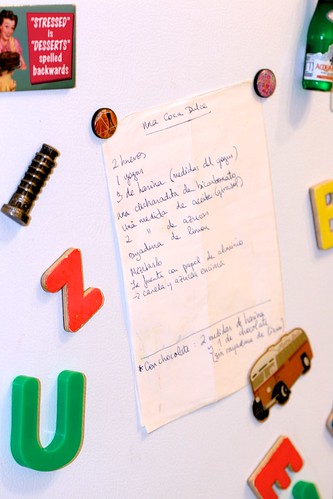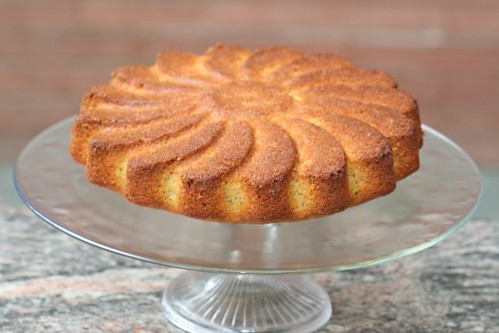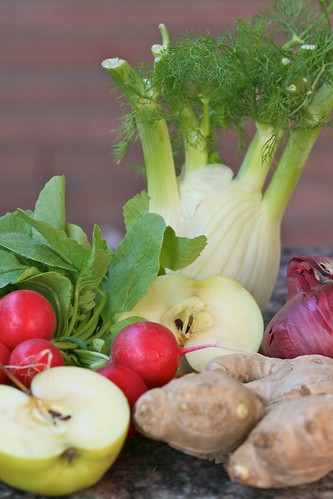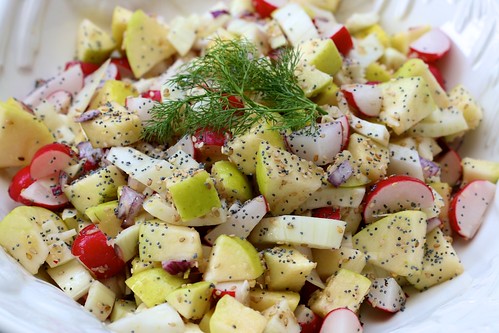For several months now, I've been cooking with Elena, my
adopted Italian nonna. This week at my request, we made
gnocchi alla romana. Unlike
these gnocchi which are made from potato, Roman style gnocchi are made from
semolina and baked. They have butter, milk and parmesan so they are not light in calories, but no one says you have to eat the whole batch.
Elena came over during Roman's nap so we could have the kitchen to ourselves. I had to lie down with him to get him to stay asleep at one point, and she continued on in the kitchen. From the dark bedroom I could hear her whisking away on the stove and I lay there thinking how nice it felt to have a grandma in my kitchen, even if she's not really "mine." To have a female companion at all in the kitchen is something that is pretty foreign to me. I could very well figure out all of these recipes on my own, but it's a cozy feeling to have an older woman spending time in my kitchen.
These are moments that are usually passed from grandmother to granddaughter, or mother to daughter. I'm lucky that Elena has taken a liking to me and seems to look forward to our Thursday meetings with even greater anticipation that I do. After all, her own busy family doesn't seem to have much time to spend with her.
Our conversation drifts from my weekend trips outside Rome to our upcoming move and then to family, and the past. She tells me that by the time she was 37, she had three kids and was suddenly alone with them when her husband died. She was very in love with him but they had a bad marriage, she says. He talked very little to her and she never understood why. This is why she says she never remarried, because although she loved him, she was skeptical that she would find a man who would be good company for her. She wonders out loud if solitudine is not better. I tell her we all feel alone sometimes, even if we are married. In the end, we are. It reassures me to see a woman who did not have an easy life but who is still upbeat and carries on with a good spirit.
I had never used semolina in a savory dish before. It occurs to me that we call this "cream of wheat" in the States and usually eat it as a hot breakfast cereal, which I love. Called semolino in Italian, this durum wheat is used to make factory bought pasta. Here in Italy (and other countries for that matter) it is also used in desserts, and I am eager to experiment with more recipes using it.
Gnocchi alla Romana
courtesy of Elena
You can serve these as a first course on their own so that you can enjoy their full flavor and texture. They are a distinct comfort food, with a slightly creamy yet savory flavor from the parmesan. The crispy exterior and firm but smooth interior gives them a uniqueness that should not be covered up with a sauce.
1 liter part skim or 2% milk (about 4 cups)
175 grams semolina (1 cup)
1 teaspoon salt (go sparingly and taste before proceeding to step 2.)
55 grams butter (1/4 cup)
1 egg yolk
85 grams parmesan (3 ounces)
freshly grated nutmeg, about 1/2 teaspoon
1. Heat the milk to luke warm in a heavy bottomed pan. Pour the semolina in slowly while whisking to avoid lumps. Add the salt and continue to stir with a whisk or wooden spoon as the milk comes to a light boil and the semolina is slightly stiff, about 5 minutes. Remove from the heat and stir in the butter, half the parmesan and egg yolk.
2. Spread the gnocchi mixture onto a flat surface (I used a jelly roll pan) into a layer about 1 1/2 cm thick and allow to cool completely.
3. Preheat the oven to 425 F (220 c). Cut rounds using an espresso cup or small biscuit or cookie cutter. Knead all the scraps together and use to make rounds so you don't waste any of the dough. Butter a baking dish at least 13 x 9 in size and place the rounds so they overlap slightly. Sprinkle with the remaining parmesan and then bake for 15-20 minutes until golden brown. Cool for about 5 minutes before serving.
If you are serving fewer than four people, I recommend freezing some of the gnocchi before baking. Then put them straight into the oven from the freezer without defrosting.






